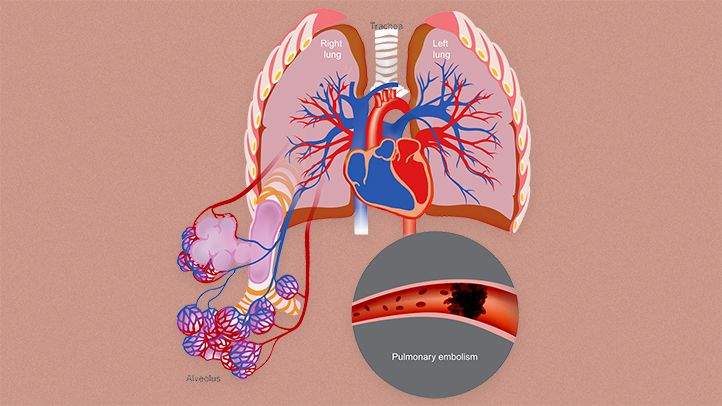Pulmonary hypertension (PH) is a serious condition characterized by elevated blood pressure in the pulmonary arteries, which supply blood to the lungs. This increased pressure can lead to significant health complications, including heart failure. Understanding who is suitable for pulmonary hypertension treatment is crucial for effective management and improved quality of life for patients.
Understanding Pulmonary Hypertension
Pulmonary hypertension can result from various underlying causes, such as left heart disease, lung diseases, chronic blood clots, or it can be idiopathic, meaning there is no known cause. Symptoms often include shortness of breath, fatigue, chest pain, and palpitations. The condition can worsen over time, leading to a decline in overall health and potentially life-threatening complications.
SEE ALSO: What Causes Orthostatic Blood Pressure Changes
Diagnosis of Pulmonary Hypertension
To determine suitability for treatment, a thorough diagnostic process is essential. Healthcare providers may use various tests, including:
Echocardiogram: This ultrasound of the heart helps assess heart function and estimates pulmonary artery pressure.
Right Heart Catheterization: This invasive test measures the pressure in the pulmonary arteries directly.
Blood Tests: These tests can help identify underlying conditions contributing to PH.
The diagnosis typically involves classifying the type of pulmonary hypertension based on the World Health Organization (WHO) classification, which guides treatment strategies.
Who Is Suitable for Treatment?
1. Patients with Confirmed Diagnosis
The first group suitable for treatment includes individuals who have been diagnosed with pulmonary hypertension through appropriate testing. This includes both those with idiopathic pulmonary arterial hypertension (PAH) and those with secondary forms, such as those due to left heart disease or chronic lung disease.
2. Symptomatic Patients
Patients exhibiting symptoms such as:
Shortness of breath during exertion
Fatigue
Dizziness or fainting spells
Chest pain are often candidates for treatment. Symptomatic individuals may have a poorer quality of life and are more likely to benefit from therapeutic interventions.
3. Patients with Severe PH
Patients with more advanced stages of pulmonary hypertension, particularly those with severe elevation in pulmonary artery pressure, may require treatment. This includes those with:
WHO Functional Class III and IV: These classifications indicate that patients experience symptoms even with minimal exertion or are unable to engage in physical activity without discomfort.
Right Ventricular Dysfunction: Imaging studies may reveal changes in heart structure and function, indicating a more advanced disease that necessitates intervention.
4. Young Patients
Younger patients, particularly those diagnosed with idiopathic PAH, may be more suitable for aggressive treatment approaches. Research has shown that early intervention can improve long-term outcomes and quality of life in this population.
5. Patients with Specific Underlying Conditions
Certain conditions can lead to pulmonary hypertension, and treating the underlying condition can also help manage PH. Suitable patients may include those with:
Connective Tissue Diseases: Conditions like scleroderma or lupus can lead to pulmonary hypertension. Treating the underlying disease may alleviate pulmonary pressures.
Congenital Heart Disease: Patients with specific congenital heart defects may also require treatment for pulmonary hypertension.
6. Patients Who Are Candidates for Combination Therapy
Some patients may benefit from combination therapy, which involves using multiple medications to address pulmonary hypertension. Those who do not respond adequately to initial treatments may be suitable candidates for this approach.
7. Patients Willing to Engage in Treatment Plans
Patients who demonstrate an understanding of their condition and are willing to follow treatment plans, including medication adherence and lifestyle changes, are often the best candidates for treatment.
Engaging in regular follow-up appointments and monitoring is crucial for effective management.
8. Patients with Limited Response to Initial Therapy
Some individuals may not achieve sufficient control of their pulmonary hypertension with first-line treatments. Patients who exhibit limited response to initial therapies may be considered for advanced treatment options, including newer medications or surgical interventions like lung transplantation.
Conclusion
Identifying suitable candidates for pulmonary hypertension treatment involves a comprehensive understanding of the condition, its causes, and the individual patient’s clinical status. Through careful assessment, healthcare providers can determine the most appropriate treatment strategies to improve patient outcomes and quality of life. By targeting those who exhibit symptoms, have severe disease, or have specific underlying conditions, we can optimize management and provide support for individuals living with this challenging condition.
Related topics:


